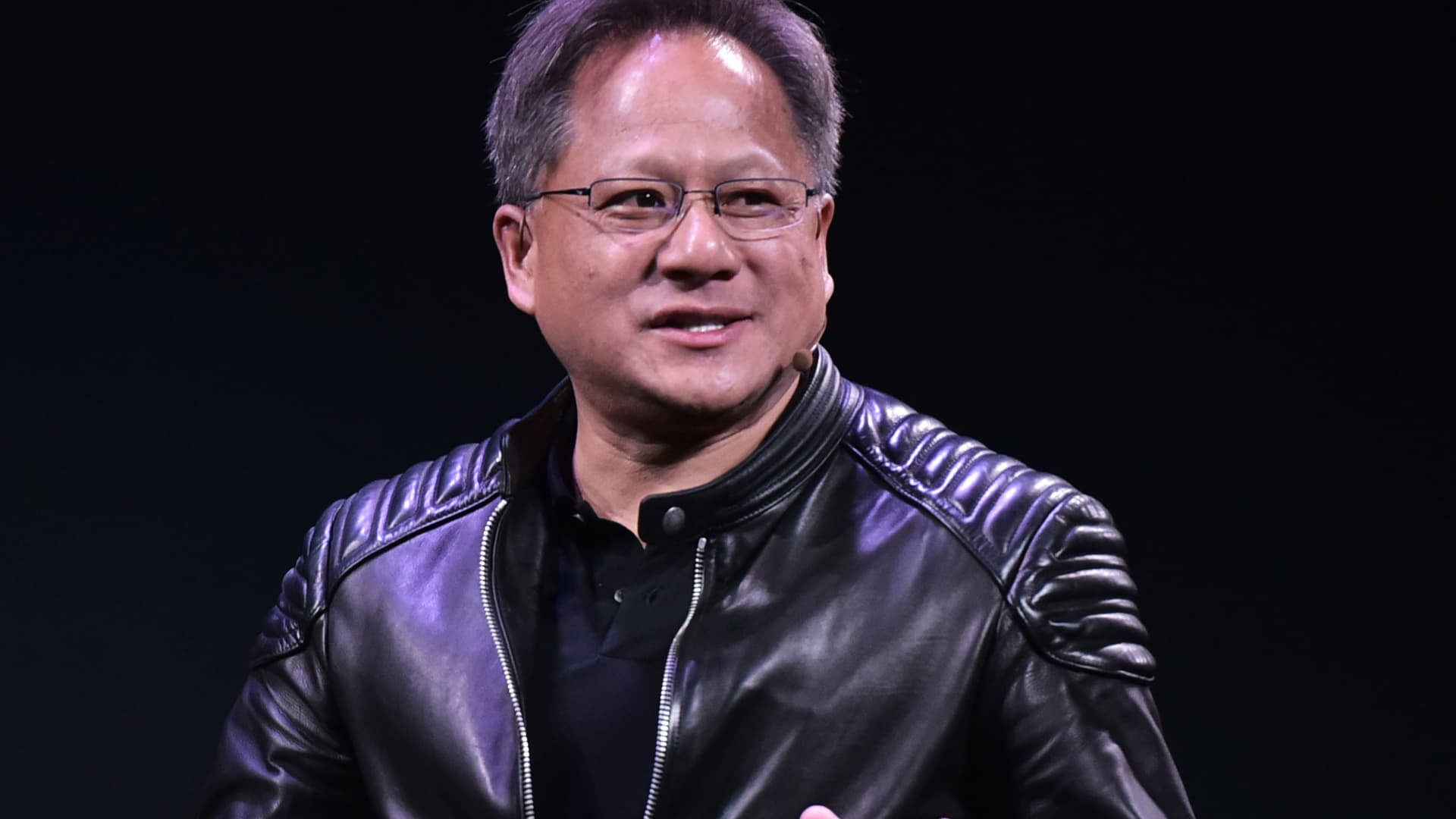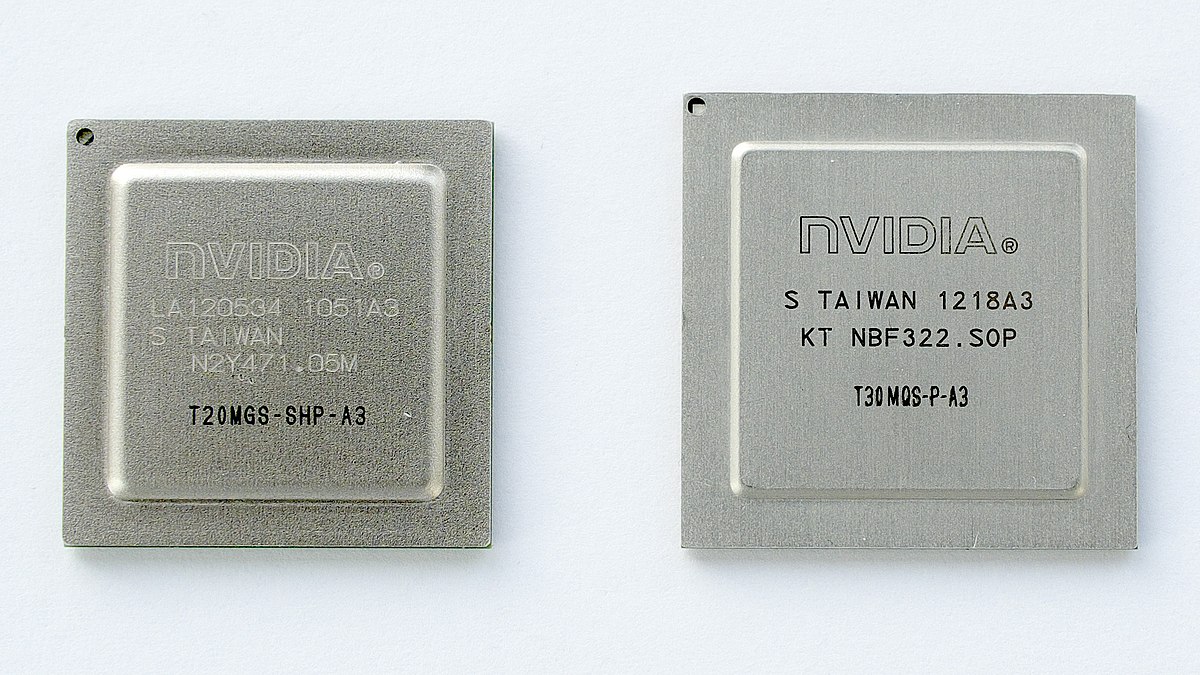Well yea, Switch consoles still, after 4.5 years can barely stay in stock for very long. No point in a price cut under these conditions. Might as well make that profit on hardware sales while you can.
And just want to point out, Nintendo’s money loss from 2011-2016 was due to the 3ds, not the Wii U.
I think you're over-stating a lack of availability. Non-OLED Switch is readily available on every regional Amazon site and at every brick-and-mortar retailer in a 200km radius of me. There's also
evidence from Famitsu sales figures and market analysis that Switch sales are steadily waning. In addition, Nintendo's share price fell 20% so far this year, dropping another 1.5% after the OLED launch, which has its own financial effect. So current market conditions aren't what you think they are. Either expect a price drop or for sales to continue their steady decline.
To the second point here, likely both 3DS and Wii U contributed to Nintendo's losses in that time period, but given the differences between hardware and software sold for 3DS and Wii U in the time period of 2012-2016 and how 3DS hardware sales were profit generators by mid-2012, between the 2, one of those things is most definitely not like the other. It's not even remotely debatable to suggest which contributed
substantially more to that.
You are talking about systems $100 or less lol. That’s a 44% increase in price from the GBC to GBA.
A 44% increase here would mean OLED $350 and 4K Switch $500. Or, if there is a price cut, OLED $300 and the 4K Switch $440
Makes sense to me!
And your examples are true successors, the price point of completely new consoles needs to be aggressive if you want the userbase to cross over quicker.
This new model is a revision, not a successor. So it doesn’t have to be priced so aggressively. Nintendo will want a bigger % difference to delineate models. Nintendo is fine if people buy Tx1+ Switches the next 5 years. Nintendo games will sell either way. The 4K switch is for people who really want those enhanced Switch gaming graphics/performance. That migration can be slow, it’s not really a problem
First, reducing dollar value to a percentage is a rather crude way of looking at things. A $30 price jump is a much easier pill to swallow than a $150 price bump, as is a $100 MSRP compared to $450-500. To argue differently would be a fool's errand.
And this position of Nintendo not caring if a new hardware release sells slowly is a contradiction to your earlier claim.
Nintendo allegedly won't do a price cut because they want to make the maximum amount of money from their hardware... but they'll invest a whole bunch of their R&D budget into a brand-new (and more expensive to produce) SoC, among other potential component changes, for it to languish with slow sales at retail? You see the problem there, don't you?
By this logic, Switch Lite should have launched at $249 to maximize profits, since that still delineates it from the original Switch model. And it's unlikely they saved $100 per unit in component costs over the standard Switch to make that Switch Lite price as profitable as the original was at that time (R&D for TX1+ Mariko would have eaten into a huge chunk of any money saved by using a smaller LCD, lighter battery and non-detachable controls).
Money in this business relies on software sales, large amounts of revenue on hardware is typically just a nice extra, so Nintendo will price however they feel they must to keep software sales as high as possible for
every piece of hardware they release.
Additionally, to that last point about software being the most important revenue source, if you insist on the "revision" idea, every enhanced hardware revision Nintendo has ever released has exclusive software, both from Nintendo and from 3rd-parties (2 out of every 3 Game Boy Color games was only playable on GBC, even the modest seller that was New 3DS had a Xenoblade and Fire Emblem Warriors), but that requires an install base to sell such titles to, so slow-selling hardware of ANY sort is not a smart play. There's no universe in which Nintendo is fine with hardware meeting with slow sales.












